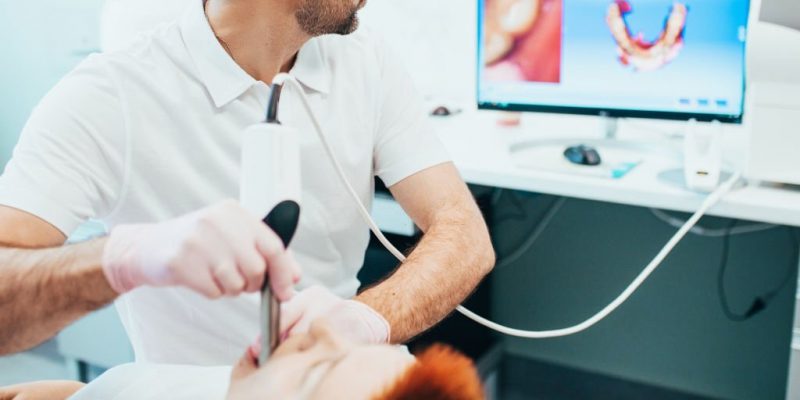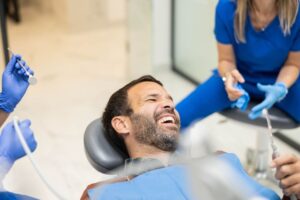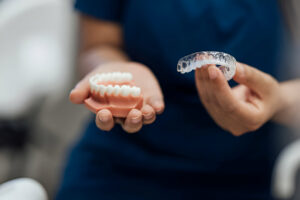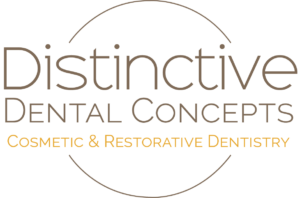Orthodontics is a branch of dentistry that treats misalignment of teeth and jaw, a condition that is malocclusion. Orthodontic treatments help enhance the appearance of a person’s smile and provide restorative benefits, such as mending an improper bite. Most typical orthodontics treatments include braces, retainers, aligners, and lingual braces. In addition, the current advances in orthodontics are fascinating, to say the least. They hint at a brighter landscape of better, more affordable, and highly accessible orthodontic treatments.
Orthodontic Dental Procedures: From Past To Present
The history of modern orthodontics is around 200 years old. For example, in 1819, Christophe Francois Delabree invented the wire crib, a revolution that marked the beginning of contemporary orthodontics. Similarly, Edward Angle founded the first orthodontics journal in 1907. However, if we scratch beyond the surface, it is easy to understand that humankind’s relationship with orthodontic appliances is as old as the beginning of time. Greek and Etruscan evidence illustrates attempts to treat crowded, irregular, and protruding teeth using primitive yet impressively well-devised orthodontic appliances.
Thus, the history of orthodontics is enriching and insightful. Similarly, when we talk about the current scenario of orthodontics, various positive trends can be marked. For instance, the notion that orthodontic devices like braces are only for children is now vanishing. More and more adults are resorting to braces, aligners, and other similar appliances to correct the appearance of their teeth and achieve that million-dollar smile.
For example, among the 4 million who use braces in America, 25 percent are adults. Likewise, the global orthodontics industry currently values at USD 1.9 billion, and it will reach the USD 4.3 billion threshold by 2030. Nevertheless, orthodontic procedures are more accessible, affordable, safer, and more ubiquitous than ever. If you are contemplating opting for orthodontic devices, consulting with the best orthodontist in Garland can help.
The Future Of Orthodontics: The Role Of Technological Advancements
To begin with, orthodontics technology is advancing at an unprecedented rate. Orthodontic procedures are at the helm of some fascinating changes, and the foreseeable future of the domain seems bright. Technology is playing a role in revolutionizing orthodontics. For example, with devices like iTero scanners, Dental Monitors, Clear Aligners, and Scanners, orthodontists can create highly customized dental devices for patients with varying conditions.
Likewise, laser therapy is also useful for minimizing the pain that can occur with orthodontic treatments. For example, after a brace tightening appointment, patients tend to feel general soreness in the mouth because of the placing of the teeth in a new place. However, orthodontic advances like Low-Level Laser Therapy mitigate the ensuing pain, promote healing, and provide more comfort and convenience to the patients.
Simultaneously, new-age devices like PropelVPro 5 and Propel Excellerator have hit the market to offer ‘accelerated orthodontic treatments.’ These innovations operate by increasing the blood flow and stimulating the turnover of the bone around the teeth. Some studies have shown that accelerated treatments like the PropelVPro 5 can significantly reduce treatment time and increase the efficiency of braces and other similar appliances. Orthodontics technology is on the horizon of significant changes, and the future seems bright.
Top Four Interesting Orthodontic Technology To Look Out For
Let us wrap up the article by looking at some futuristic orthodontic appliances that have already hit the market and are transforming the field in many ways.
- Itero Intraoral Scanners – Launched in 2007, they are an innovative orthodontic device that co-opts 3D Technology. Itero Intraoral Scanners offer reliable and intuitive visualization capabilities for orthodontists and general dentists. The machine produces high-definition, three-dimensional dental images of a patient’s mouth within minutes. They help orthodontists in Garland create accurate and tailored physical models for restorative purposes. As per the official website of Itero, the device was useful in 6 million restorative crowns, bridges, and custom implants.
- SureSmile – It is a new-age orthodontic advancement that helps orthodontists digitally scan a patient’s teeth to design and create custom wires. The technology allows dentists to ensure that the braces move the teeth in a precise direction. Thus, the time spent using it reduces by as much as a third.
- Insignia – It is a high-tech digital orthodontic solution combining the efficiency of digital smile design and the precision of patient-specific appliances. The Insignia system co-opts 3D modeling to help orthodontic specialists create customized braces and archwires. The results are customizable devices that snugly fit individual requirements.
- Dental Monitoring – Another latest innovation revolutionizing orthodontics is dental monitoring. It is a mechanism that enables orthodontists to track patients’ treatment progress in real-time from a remote location via a dedicated and secure online dashboard. The latest newcomer within dental monitoring is the Scanbox. It is a device that enables patients to provide the best photos of their teeth simply through a mobile device.
Wrapping It Up
So, there we have it, a crisp overview of the role of technology in advancing orthodontics. If you want the best orthodontic care, make sure the dentist in Garland you choose is abreast of the latest innovations in the field.
